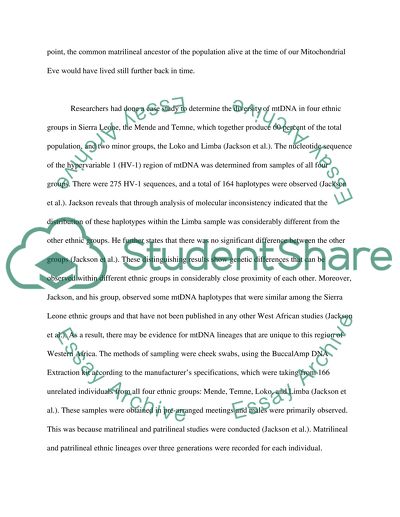Cite this document
(“Mitochondrial DNA Essay Example | Topics and Well Written Essays - 750 words”, n.d.)
Retrieved from https://studentshare.org/miscellaneous/1506083-mitochondrial-dna
Retrieved from https://studentshare.org/miscellaneous/1506083-mitochondrial-dna
(Mitochondrial DNA Essay Example | Topics and Well Written Essays - 750 Words)
https://studentshare.org/miscellaneous/1506083-mitochondrial-dna.
https://studentshare.org/miscellaneous/1506083-mitochondrial-dna.
“Mitochondrial DNA Essay Example | Topics and Well Written Essays - 750 Words”, n.d. https://studentshare.org/miscellaneous/1506083-mitochondrial-dna.


